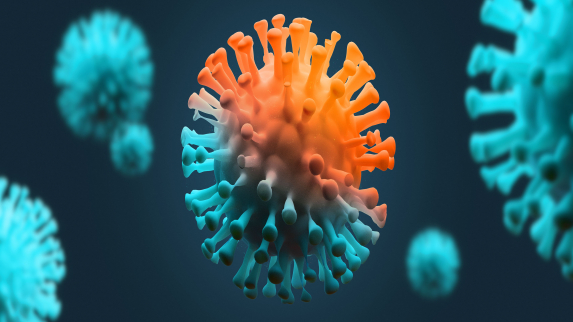In a discovery that could spur the development of new therapies for more than 40 million HIV patients worldwide, scientists from Rutgers University and the Salk Institute determined the molecular structure of the HIV Pol polyprotein, a protein that plays a critical role in helping the virus propagate itself and spread throughout the body. Their findings, published in Science Advances on July 6, may guide the creation of drugs that would bind to the protein and block its function.
“Drug molecules need a particular structure to bind specifically to their disease targets,” said co-senior author Eddy Arnold, a Board of Governors Professor and Distinguished Professor in the Center for Advanced Biotechnology and Medicine at Rutgers. “They fit together like complex puzzle pieces. Knowing the structure of the molecule you’re targeting helps you find or make a drug that will fit.” To read the full story.

